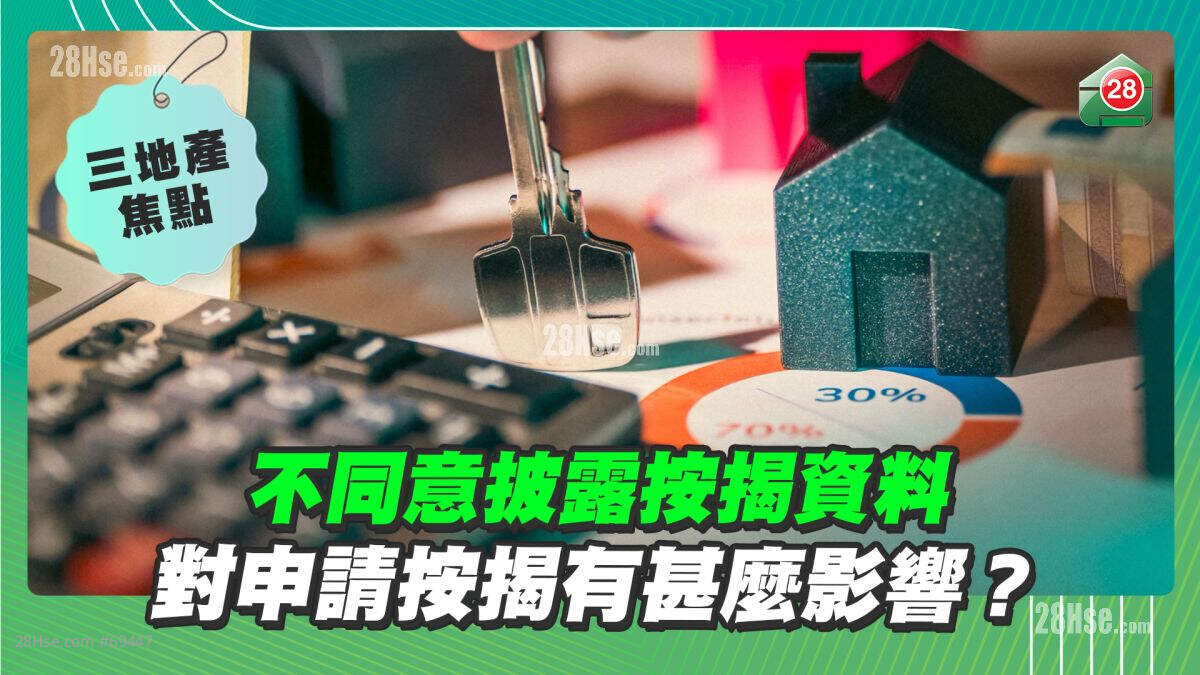When purchasing property in Hong Kong, most people apply for a mortgage. During the application process, applicants must complete a lengthy form, which includes a consent form that authorises the bank to access credit records related to their mortgages. This consent is critical for the bank to assess the applicant’s financial standing.
Typically, when reviewing a mortgage application, banks check the applicant’s TransUnion (TU) credit rating and debt information, which includes details about mortgages, credit card balances, and personal loans. This helps banks determine whether the applicant’s monthly income is sufficient to cover loan repayments.
The credit report includes personal details such as the applicant’s name, ID number, date of birth, address, phone number, the number and type of mortgages held, repayment status, and whether the applicant is a borrower, mortgagor, or guarantor. It also lists any debt collection activities, bankruptcies, or liquidation cases.
The mortgage data consent form is divided into two options: Form 1 and Form 2. Signing Form 1 grants the bank full access to the applicant’s credit records, including mortgage-related information. However, as credit records involve personal data, applicants have the right to refuse and instead opt for Form 2.
By signing Form 2, the applicant allows the bank to review personal credit data like credit card and personal loan information but excludes mortgage-related details. This approach is known as the "non-consent" approval process.
The non-consent process poses higher risks for banks. As a result, most banks reject non-consent applications outright. Only a few banks consider them, but the approval process is stricter. These banks typically reduce the maximum loan-to-value ratio by 10% or increase the interest rate by 1%, making it harder to secure approval.
Even if an applicant chooses not to authorize the bank to access their mortgage data, the bank can still identify whether the applicant holds mortgages on other properties through alternative methods. As a result, signing Form 2 to avoid disclosing mortgage information may not be an effective solution.
It’s important to note that most mortgage application forms already require applicants to declare existing mortgages, including the number of properties owned and outstanding loans. Providing false or incomplete information is not advisable and could lead to complications or rejection.
In addition, banks can uncover clues through various channels. For example, they may review the applicant’s bank statements for transaction records. If they notice regular repayment transactions, the bank will inquire about the nature of these repayments. If it’s determined that these are mortgage payments, the bank will factor this expense into the applicant’s debt-to-income ratio.
In conclusion, refusing to disclose mortgage data by signing Form 2 may not effectively hide such information from the bank. Banks have various methods to verify financial obligations, and transparency is vital to ensure a smoother application process.
Like

